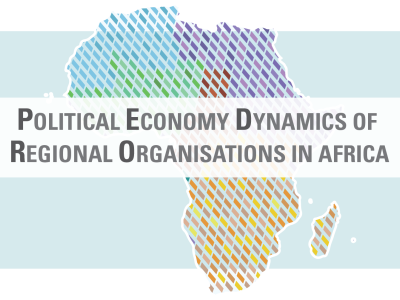
Coercion or Engagement? Economics and Institutions in ACP–EU Trade Negotiations
If concluded, Economic Partnership Agreements (EPAs) will constitute unprecedented reciprocal free trade arrangements between the world’s largest single market and some of the poorest economic regions. According to the Cotonou Agreement signed by the EU and the ACP countries, poverty alleviation and integration into the world economy are the overriding objectives of these EPAs. Yet, the economic and development impact of EPAs is ambiguous. A wide body of economic theory confirms that trade reform can lead to efficiency gains, increased competition, lower prices, knowledge transfers and ultimately higher economic growth. The robustness of this theory, however, has so far been predominantly demonstrated by North-North trade relations, one of the most renown examples being the internal market of the EU. Once North-South trade liberalisation is put in a similar framework, it becomes clear that some of the potential gains from a free trade agreement with the EU might not be realised due to a lack of enabling conditions within the ACP countries. Moreover, some of the costs that will invariably emerge due to trade reform will have more serious consequences for groups in the South. Undeniably, EPAs will know both winners and losers. Whether domestic policy measures can substantially mitigate the costs and optimise the benefits will depend on a variety of external as well as domestic factors.
The quality of ACP institutions will be the most crucial aspect determining the outcome of EPAs. Indeed, both empirical and circumstantial evidence suggests that the process of trade policy-making and reform is likely to be a more crucial determinant of the economic impact than the precise direction of trade policy. That is, the how question outweighs the what question where trade policy and reform are concerned. A growing body of literature is now available with respect to the conditions under which institutions develop and the role that outsiders (donors) can play in the process. Political leadership, ownership, accountability, and a long-term vision appear to be crucial ingredients for sustainable institution building. Within the field of international trade negotiations, and in particular those for EPAs, there exists a strong tension between these ingredients and the methodology by which both donors and recipients try to cook up trade-related institutions through trade capacity-building programmes. Lacking the conviction that EPAs are needed for their development, many ACP countries have so far adopted a wait-and-see approach. Yet a defensive and reactive approach during the negotiations is likely to imply a large implementation burden and possibly excessive adjustment costs once EPAs are concluded. This is particularly true for the least developed countries, which have the weakest institutional basis to start with. Conversely, the European Commission has been very pro-active in designing various support programmes to assist both with the implementation of and adjustment to EPAs. Yet a highly critical question is whether the Commission alone can successfully drive these processes. Assistance in trade capacity building is unlikely to have a lasting effect for those ACP countries that do not take ownership of the ideas of reciprocity, flanking measures and institutional reform. In the latter case, the costs of half-heartedly concluded agreements will be disproportionately borne by the ACP countries concerned.

